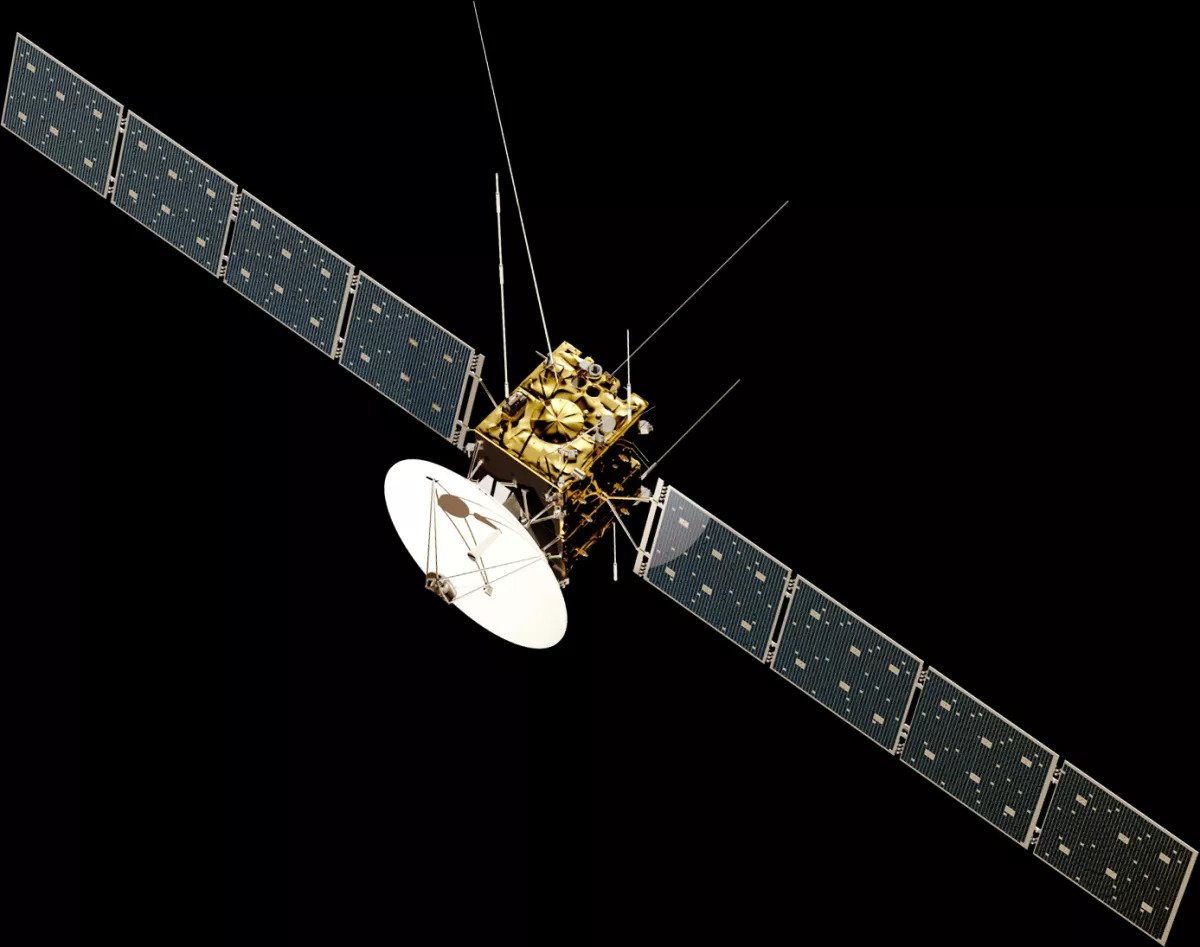The JUICE probe heading to Jupiter in order to explore its icy moons has finally deployed all its scientific instruments. Earlier, it had problems with bringing the antenna of the main radar into working condition, but the engineers managed to overcome it.

JUICE turns on all the scientific instruments
A team of scientists and engineers from the European Space Agency reported on May 26 that the Jupiter Icy Moons Explorer, also known as JUICE, was finally able to deploy all its solar panels, antennas and instruments.
This happened six weeks after the spacecraft was successfully launched on April 14 from the spaceport in French Guiana. According to the team that works with the spacecraft, these days were extremely stressful, but fascinating.
The last instrument to be installed was the Radio and Plasma Wave Investigation (RPWI), designed to study the magnetospheres of Jupiter and Ganymede. However, the main radar of the Radar for Icy Moons Exploration (RIME) device caused the engineers the most problems.
It should look under the icy surface of the largest moon of the solar system, Ganymede, and try to find the ocean under it. However, its 16-meter antenna refused to deploy. And the engineers had to think for two weeks about how to handle it before they could do it mechanically.
Way to Jupiter
Now all the technical problems have been overcome and the scientific instruments are ready to work. However, the spacecraft remains to pave the way to Jupiter with a length of 8 years. In order to gain the necessary speed, it must carry out several gravitational maneuvers near the Earth, the Moon and Venus.
The first of them is planned to take place in August 2024. The spacecraft will fly past the Earth and maneuver in the gravitational field of the Moon. It will arrive in the Jupiter system only in 2031. But even after that, its journey will not end.
First, JUICE will comprehensively study all four large moons of Jupiter: Io, Europa, Ganymede and Callisto. And only in 2034 it will enter orbit around the largest of them and begin to study it in particular detail. It is possible that it will be able to find not only the ocean hidden under the surface, but also life in it.
According to www.space.com
Follow us on Twitter to get the most interesting space news in time
https://twitter.com/ust_magazine
